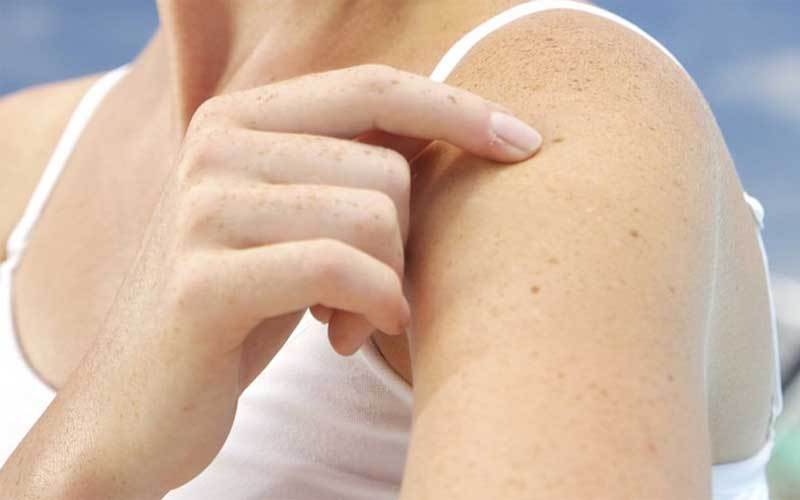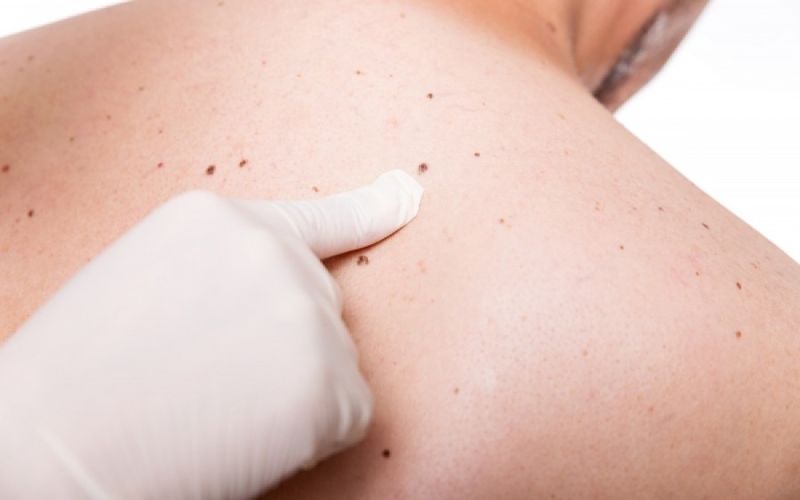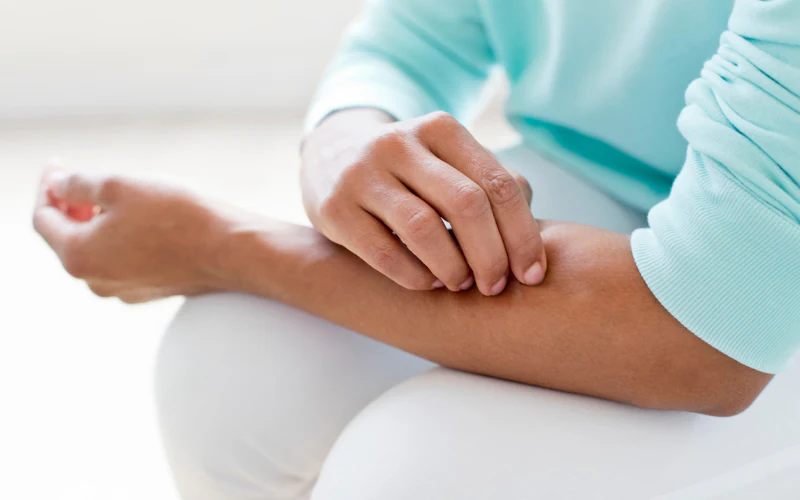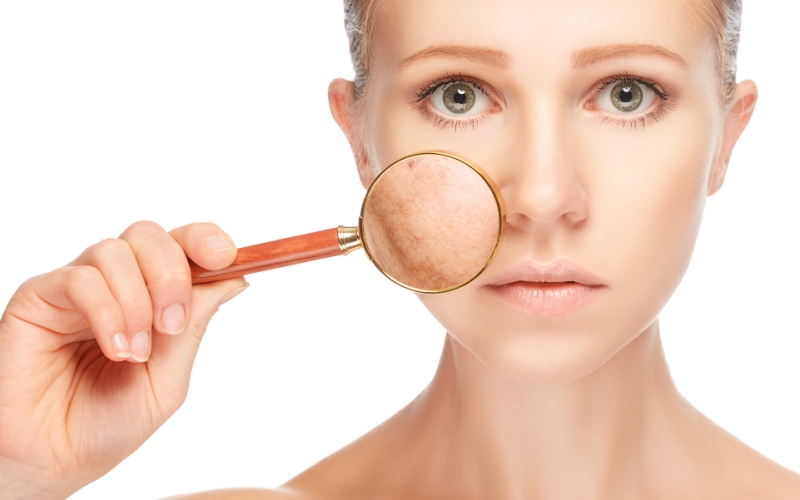What are the types of skin diseases? Healthcare professionals often consider a patient’s physical symptoms and medical history when diagnosing skin problems. In case you weren’t aware, the biggest organ in your body is your skin. Therefore, skin issues might be serious issues. See and learn how to treat skin conditions like athlete’s foot and shingles by following along.
Types of skin diseases
Skin conditions like eczema and acne can have quite different symptoms and intensities. They may be mild or painful, and they may be transient or permanent. Some may pose a hazard to life.
Certain types of skin diseases can be inherited, while others have circumstantial origins. While the majority of skin illnesses are benign, some may be signs of a more serious difficulty.
If you think you might have one of these common skin conditions, get in touch with a doctor.
What conditions affect the skin?
Skin illnesses encompass a wide spectrum of ailments that impact the skin, such as infections brought on by bacteria, viruses, fungi, allergic responses, skin malignancies, and parasites.
Read more: Facial fillers after care
Reasons for Skin Disorders
Skin problems and types of skin diseases have a variety of causes, such as:
- Allergens or irritants (such as poison ivy or some metals).
- Genetics.
- Bacteria, fungi, viruses, and parasites are examples of germs.
- Immune system issues.
- When diagnosing skin problems, medical professionals usually take into account the patient’s physical symptoms as well as their medical history. By assessing the size, shape, position, and color of pimples, blisters, and rashes, medical practitioners can pinpoint their exact cause.
- There can also be indications of non-skin issues. Healthcare professionals may need to remove a growth or remove a sample of skin to examine under a microscope.

Chronic skin disorders:
There are therapies available to prevent or control flare-ups for certain chronic skin disorders, some of which are incurable. As an example, consider:
- Dermatitis.
- Hidradenitis suppurativa is an inflammatory skin condition characterized by pimple-like lumps or boils.
- Lichen planus is a skin ailment characterized by hard, glossy, purple lumps.
- Lupin disease.
- Psoriasis.
- Rosacea.
Read more: types of beauty
Which Common types of skin diseases are there?
Typical forms of skin diseases include:
Infections with bacteria:
Types of skin diseases resulting from bacterial infections include the following:
Cellulitis
A common infection called cellulitis is brought on by bacteria getting into a skin breach. It results in redness, discomfort, and swelling. Cellulitis may be quite dangerous if left untreated, particularly if it affects the eye. Antibiotics are often effective in treating mild cellulitis on a limited region of skin.
Impetigo
Impetigo is a highly contagious and irritating condition that regularly appears as red sores. Compared to adults, children, and newborns are more likely to experience it. Although it can occur anywhere on the body, the mouth and nose are the most prevalent locations. Impetigo is treated with topical medications and oral antibiotics.
Boils and carbuncles
Boils and carbuncles are infections of the oil glands or hair follicles that start as painful lumps and progressively fill with pus over a few days. A painful collection of connected boils under the skin is called a carbuncle. Your doctor might have to drain it if these boils or cysts are gigantic and painful. Infections that recur regularly or are severe may require the prescription of antibiotics.
Staph infection
Staphylococcus enters and infects a wound on the skin, resulting in a Staph infection. Varies in intensity from little boils to diseases that consume flesh. Antibiotics may be administered, depending on the severity, to help treat the infection, although these frequently go away on their own.
Viral diseases:
Types of skin diseases resulting from Viral diseases include the following:
Warts
Warts are normally benign, virus-caused bumps that go away on their own with time and usually don’t require treatment. Additionally, there are other treatments accessible, such as freezing them, applying acid, using a laser, or using peeling medication.
Verrucas
Plantar warts are a frequent form of wart that develops on the foot. They can be quite painful to step on and occasionally have a black dot in the center. The majority of verrucas disappear on their own, but if they hurt, you might wish to get them removed. Verrucas can be treated with a variety of gels, ointments, and lotions. They may be put in the freezer as well.

Read more: Face wrinkles
Cold sores/herpes
Herpes or cold sores are wart-like lesions that often develop on the lips or genitalia. They are caused by the virus known as herpes simplex. Since they are highly contagious, you should wait to kiss or have sex until the sore has fully healed. Antiviral drugs and creams are also available to treat them; this typically takes ten days.
Chickenpox
The widespread infectious condition known as “chickenpox” is characterized by red, itchy patches. Though it can afflict persons of any age, children are more likely to experience it. Fever and discomfort are some possible side effects. Your child must remain home from school if they have chicken pox since they are extremely contagious. The healing period from chicken pox is typically two weeks. Many topical therapies can help reduce discomfort.
Shingles
Clusters of excruciating blisters are the result of shingles, which is the reactivation of the latent chickenpox virus. It only happens to those who have already contracted chickenpox. The healing period of a shingles rash might last up to one month. The excruciating feelings may be lessened by using paracetamol or other medications.
Avoidance
Certain actions can lessen the chance of types of skin disease infection.
Maintaining clean, dry nails and skin is vital for humans. Changing damp or perspiring clothes, cleaning them with soap, and allowing them to air dry will help prevent the growth and dissemination of yeast.
People should select a respectable beauty shop with well-established hygienic standards so that there is less chance of germs spreading from one client to another.
Wearing flip-flops in public showers and pools can help prevent the spread of illnesses.
If someone has diabetes, a compromised immune system, or other medical issues, they should consult a physician if they experience candidiasis symptoms.
Some products can treat a number of skin diseases and limit their spread, such as the following:
Keravita Pro
Longtime researcher Benjamin Jones has created a 5-step approach to maintaining healthy nails and hair. Keravita Pro is enthusiastic about helping people worldwide.

Metanail Serum Pro
The 20-in-1 nail and foot essential formula, Metanail Serum Pro Healthy Nails & Beautiful Feet, supports all facets of nail and foot wellness while providing exceptional and long-lasting benefits.
Neotonics
The only product that targets the gut microbiome, the primary driver of skin aging, with 500 million units of extra-strong bacteria and nine powerful natural substances is Neotonics.

